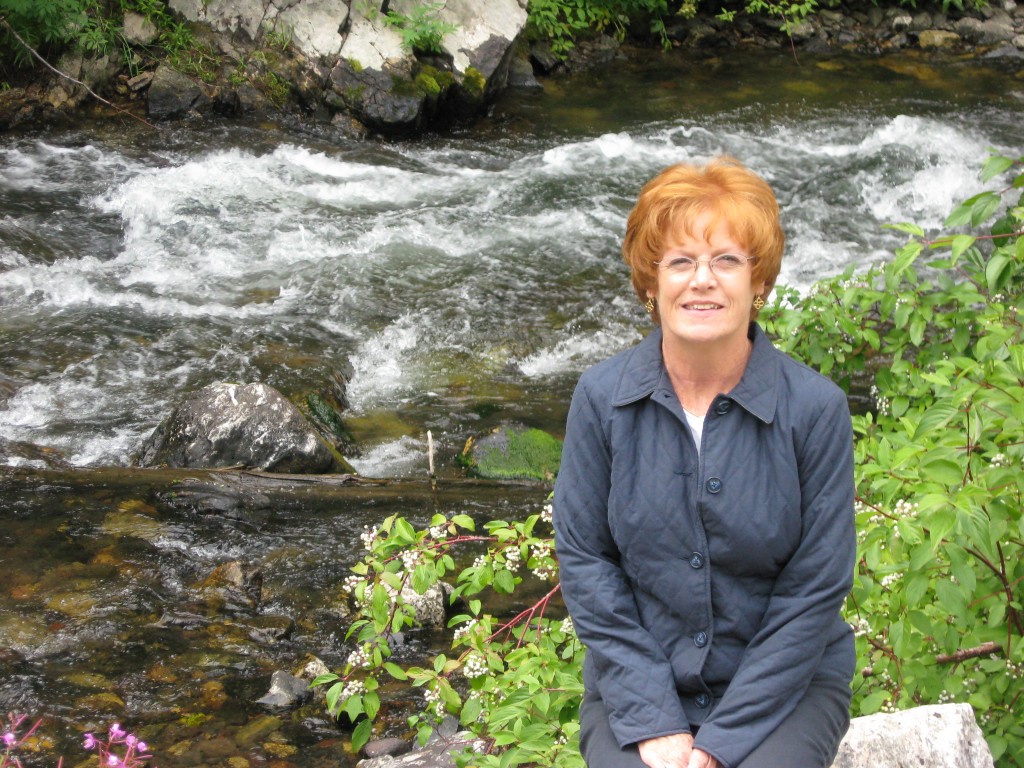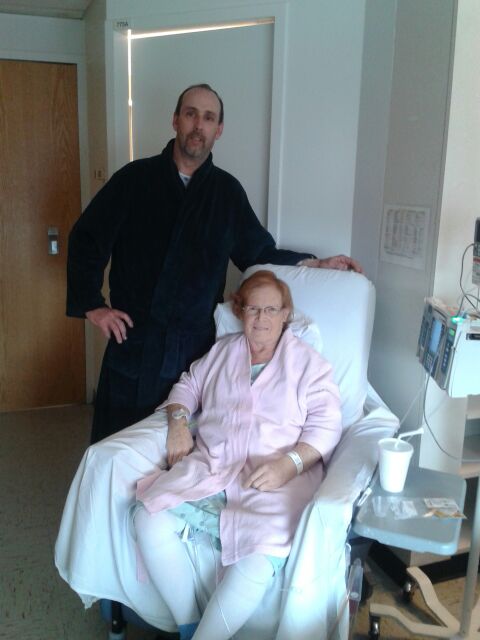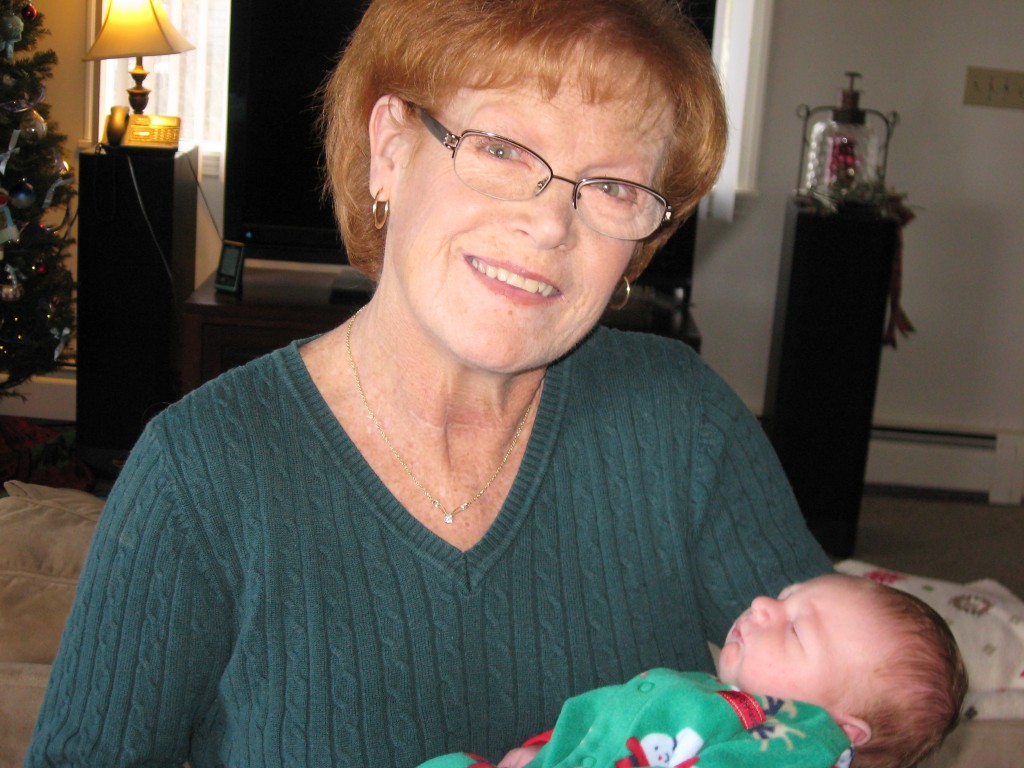Ellen Munson got her first donated kidney in 1986. Her own kidneys had been destroyed, presumably by a serious infection called polynephritis, and she had been on dialysis for five years. Every day, Ellen was grateful to the family who had lost a beloved child and chose to donate her kidney to a stranger. She had hoped the transplant would last forever, but knew it would not. “Kidney transplantation is not a cure,” she explains. “It’s a means to live a normal life for as long as you can with that transplant. You know that at some point it’s probably going to give up, but you just hope that day never comes.”
Lifespan of a donated kidney
On average, a transplanted kidney from a deceased donor is good for 15 years. In general, kidneys from living donors last longer. Ellen had hers for 18 years. During a routine medical checkup in March 2004, a blood test revealed that it was no longer working as it should. That October she had to go back on dialysis for the next eight years.
Things had changed since the 80s and for awhile, Ellen was able to manage the dialysis herself at home. The procedure she used is called continuous ambulatory peritoneal dialysis (CAPD).
According to the National Kidney Foundation, there are two types of peritoneal dialysis: CAPD and automated peritoneal dialysis (APD). Both use the inside lining of the belly as a natural filter. A sterile cleansing fluid is poured into a catheter that has been surgically implanted in the abdomen and then drained, along with waste products. With CAPD, you fill and empty the catheter yourself three to four times a day. With APD, a machine does the work — usually during sleep.
Unfortunately, Ellen developed a problem and after one year, had to go to a dialysis center for hemodialysis. She was hooked up to an artificial kidney machine three times a week for four hours — blood was pumped out of her body, circulated through the machine, which removed waste and excess water, and then returned to her body.
Challenges of a second transplant
She longed for another kidney transplant, but faced an uphill challenge because she was considered 100 percent “sensitized.” Primarily as a result of her previous transplant, she had developed antibodies that reduced her chances of finding a compatible donor and increased her risk of rejecting another kidney. “I react to 100 percent of the population,” Ellen says. “One reason why is that back in the 80s they didn’t have what’s called EPOGEN®
Ellen’s cousin was willing to donate her kidney, but on top of the antibody problem, she was an incompatible donor. Not one to give up easily, Ellen researched her options and found the Incompatible Kidney Transplant Program (InkTP) at Johns Hopkins in Baltimore. According to Johns Hopkins, “More than one-third of willing donors are turned down because their blood types are not compatible with the person to whom they wish to donate their kidney. The Johns Hopkins Comprehensive Transplant Center developed methods to make a donated kidney more compatible.”
Ellen and her cousin were both accepted into the InkTP and were matched to a father and son from Washington state. Ellen’s cousin would be able to donate a kidney to the father and, in turn, the son would donate his kidney to Ellen. It’s referred to as a paired kidney exchange or kidney swap.
Before the transplant could happen, Ellen had to undergo nearly two dozen plasmapheresis treatments to get rid of the unwanted antibodies and lower the chances of her body rejecting the new kidney. The procedure is similar to dialysis, only it removes the plasma in the blood, which is where the antibodies are located.
Finally, in March 2012 Ellen received her second kidney and her second chance at life. This picture with her donor was taken four days after the transplant. She is 40 pounds heavier than usual because of swelling that occurred after the surgery.
The eight years of waiting for another kidney was an emotional roller coaster. “My story had many opportunities to go south, believe me, during all of this,” she says. “Sometimes I felt like I wanted to just give up, and I’m not that type of person. I came close a couple of times to thinking this just wasn’t going to happen.”
For instance, in 2010 it looked as if it might be her heart instead of her need for a kidney that would do her in. She had a heart attack followed by quadruple bypass surgery in 2011. “This was the biggest roadblock that I had to overcome to get this transplant done at Johns Hopkins,” she says. “Just more hills in the roller coaster ride of life!”
Paying it forward
Today, two years after her second kidney transplant, 55-year-old Ellen Munson says life is great: “I was just back in Baltimore for a checkup and everything is good. I try to help as many people as I can to raise awareness about organ donation. I volunteer for New England Organ Bank to get the word out there — to make sure people are aware of donating much-needed organs. So many people aren’t aware.”
If you’d like to become more aware about organ donation, Ellen suggests starting with the New England Organ Bank.
For more information about the Incompatible Kidney Transplant Program, visit the Johns Hopkins website.
One thing Ellen strongly urges people to do is to sign up to be an organ donor next time you get your driver’s license renewed — and most important — let your family know about your wishes.
A special thanks to Ellen for getting in touch with me. I interviewed her shortly after her first transplant in 1986 and when she saw me on the Morning Report recently, she thought I might like an update. She certainly has a great story to tell.





I’m so happy for this lady! I am on PD myself and waiting for my first kidney transplant. I’ve tried getting my story out so I might find my kidney donor but I haven’t had much luck. I’m glad everything worked out for Ellen and wish her all the luck in the world with her new kidney.